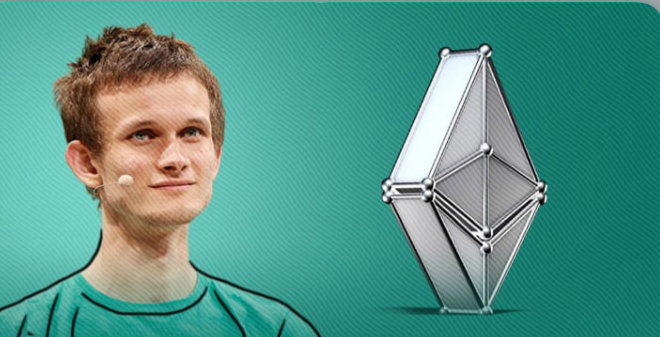Vitalik Buterin simplifies the complex dynamics by classifying it into four separate categories.
Buterin presents the concept of AI as the governing body, with AIs embedded inside DAOs.
Co-Founder of Ethereum Vitalik Buterin recently explored the dynamics of the crypto industry’s integration with AI. He recently published an analysis that discussed the potential benefits and significant obstacles of using AI in cryptocurrency.
Vitalik Buterin simplifies the complex dynamics by classifying the interactions between blockchain and AI into four separate categories.
Risk of Insecurity
Within the first group, we find AI examined in the context of a game, namely its function in DeFi ecosystems such prediction markets and exchanges. While this does provide insight on the existence of AI arbitrage bots in the past, it also suggests that algorithmic trading and market manipulation might pose problems.
Also, the research takes a look at AI as a gaming interface, highlighting how it may help people navigate the crypto world, which isn’t always easy. Still, it warns of dangers that might arise, especially when dealing with hostile machine learning assaults. Additionally, Buterin stresses the need for security measures to safeguard consumers from any dangers and frauds.
The third group presents the concept of artificial intelligence (AI) as the governing body, with AIs embedded inside decentralized autonomous organizations (DAOs) or blockchain smart contracts to make subjective judgments. Vitalik Buterin admits that adversarial machine learning presents significant difficulties, despite its possible advantages. The susceptibility of open-source AI models to abuse and manipulation is heightened by this.
Additionally, the paper does not sugarcoat the problems that come with combining crypto and AI. The research also brought attention to the dangers that may be posed by malicious machine-learning assaults. However, as Buterin pointed out, malicious actors might take advantage of loopholes in AI models, which puts blockchain applications at risk of insecurity.

